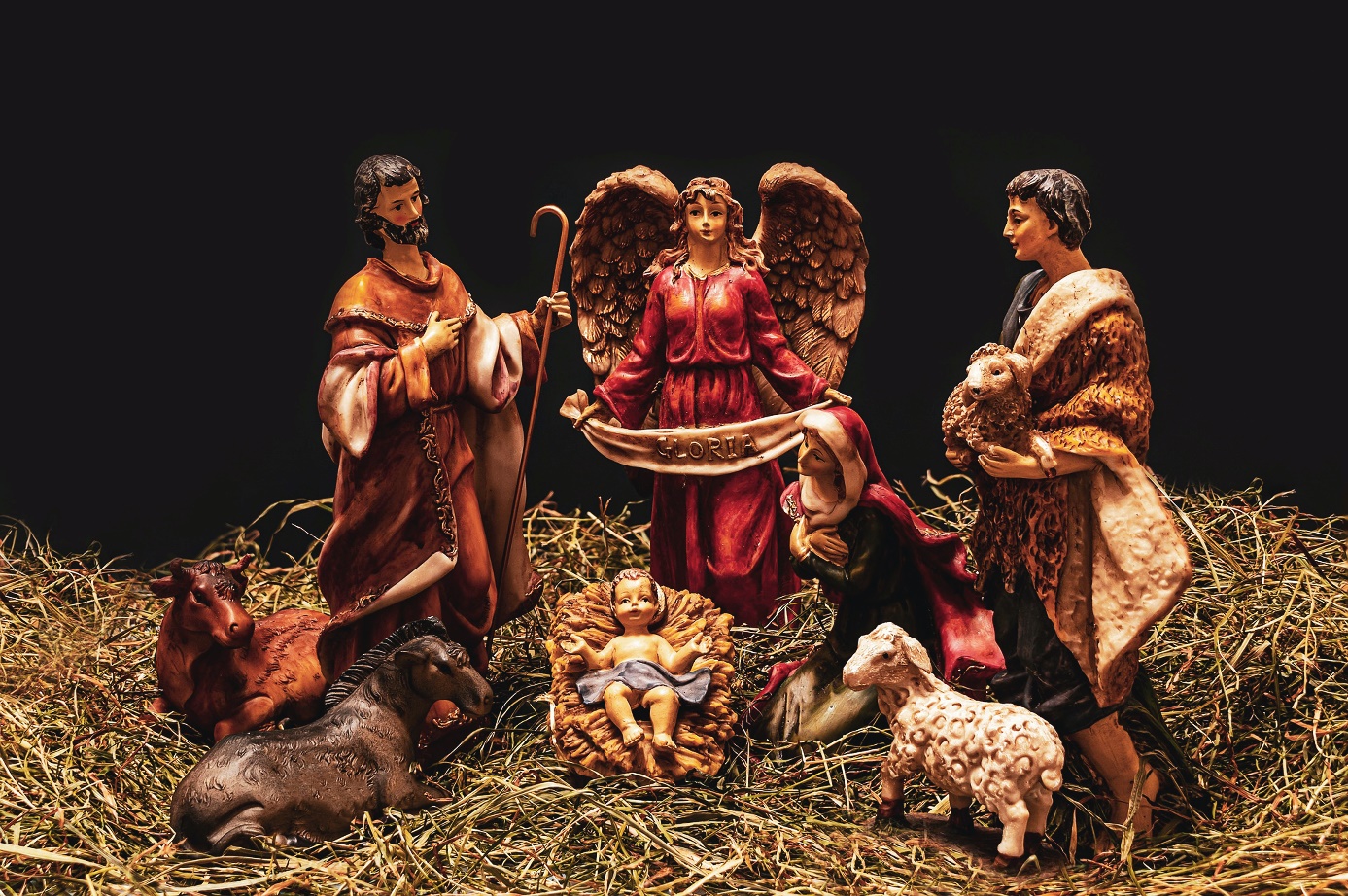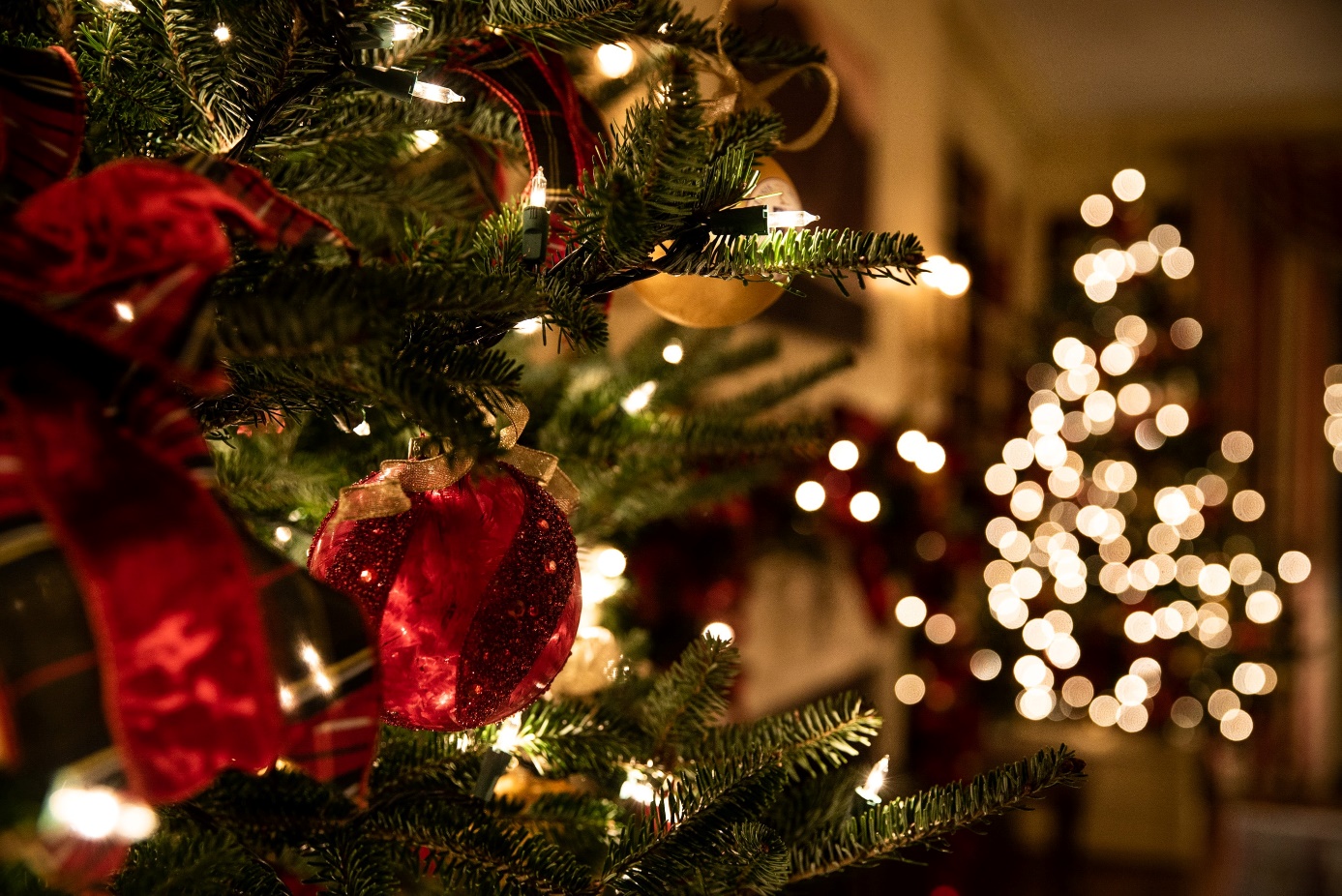The origins and evolution of Christmas

|
Getting your Trinity Audio player ready...
|
Ask anyone about what Christmas is and means to them, and they’ll probably mention things like ‘spend time with family and loved ones’ or ‘exchange gifts’. Nowadays, the religious aspect of Christmas has become less important in people’s minds, reflecting the evolution of society.
Be it for the event itself or the economic value behind it, Christmas has become deeply rooted in today’s society, so much so that we see Christmas movies on tv in November!
However, Christmas hasn’t always been this way, and this article seeks to trace the origins and evolution of Christmas.
Christmas, a pagan celebration
The origins of Christmas, though it wasn’t called this way back then, can be traced to an old pagan celebration.
Long ago, even before the era of the Roman Empire, pagans in Europe celebrated, at the end of December, the rebirth and renewal of nature. The winter solstice was also a moment for celebrations around fertility, maternity, and astronomy.
While there are no details about the kind of ceremonies that took place during those celebrations, there is no doubt that they are the ancestors of the Christmas we know today.
A search for Christ’s date of birth

Christmas originally didn’t exist in Christianity. It’s only starting from the 2nd century that the Church looked for Christ’s precise date of birth. Several dates were debated (6 January, 25 March, 10 April, etc.) Eventually, the date of the 25th of December was chosen by Rome around 330, in an effort to Christianise pagan rituals.
This made it easier to convert pagans to Christianity, as there now was a similarity between the two religions.
Christmas during the Middle Ages
Christmas gained popularity in Europe. For example, people from Ireland started celebrating it during the 5th century, while England started during the 7th, and Germany the 8th.
During the Middle Ages, Christmas celebrations in England lasted for 12 days, and included all sorts of ceremonies such as plays and feasts. This also was when gifts, music, and decorations became the norm.
The banishment of Christmas in the 17th century
However, not everyone agreed with those festivities, and, in 1644, English puritans banned Christmas, which stirred up a fight with the Crown’s subjects, arguably laying the foundations for the Second civil war (1648-1649).
Christmas was also banned in the United States, in the state of Massachusetts, from 1659 to 1681. It was proclaimed one of the country’s important holidays well after the Civil War (1861-1865), in 1870.
The Christmas tree

In Europe, the tradition to decorate a Christmas tree started during the 12th century, notably in Alsace. At first, the ornaments were edible, so it was common to find nuts, apples or even sweets on it. There were also ‘real’ decorations such as ribbons and rag dolls.
During the 17th and 18th century, people started putting candles (or cheaper alternatives) in their tree, 12 in total, one for each month of the year.
With the invention of electricity, fairy lights started to appear at the end of the 19th century, though they were still extremely expensive. It is around that time that people started decorating not only their tree, but also their house.
This tradition crossed the Atlantic, notably thanks to the United Kingdom and the Royal family. In 1841, Prince Albert, Queen Victoria’s husband, had a tree decorated for Christmas. English journals represented the Royal family assembled around a Christmas tree, which popularised the tradition, which eventually made it to the colonies during the 1850s.
Other Christmas symbols have their origins as old as the Christmas tree. For instance, in France, the nativity scene tradition appeared around the 14th century. Though it faced difficulties during the Revolution, where representing a religious scene was prohibited, the tradition held on and it is something people still do nowadays.
The origins of Santa Claus
Santa Claus was heavily inspired by Saint Nicholas, a bishop from the 3rd century, whose name day, the 6th of December, is a day to gift presents.
Santa Claus was first imported in the United States by German and Dutch migrants in the 18th century, where it became the Santa Claus we know today, before coming back to Europe.
Christmas has gone through many changes over the centuries, and the fact that it is nowadays both religious, cultural, and commercialised means that everyone, believer or not, can enjoy this special time of the year.






